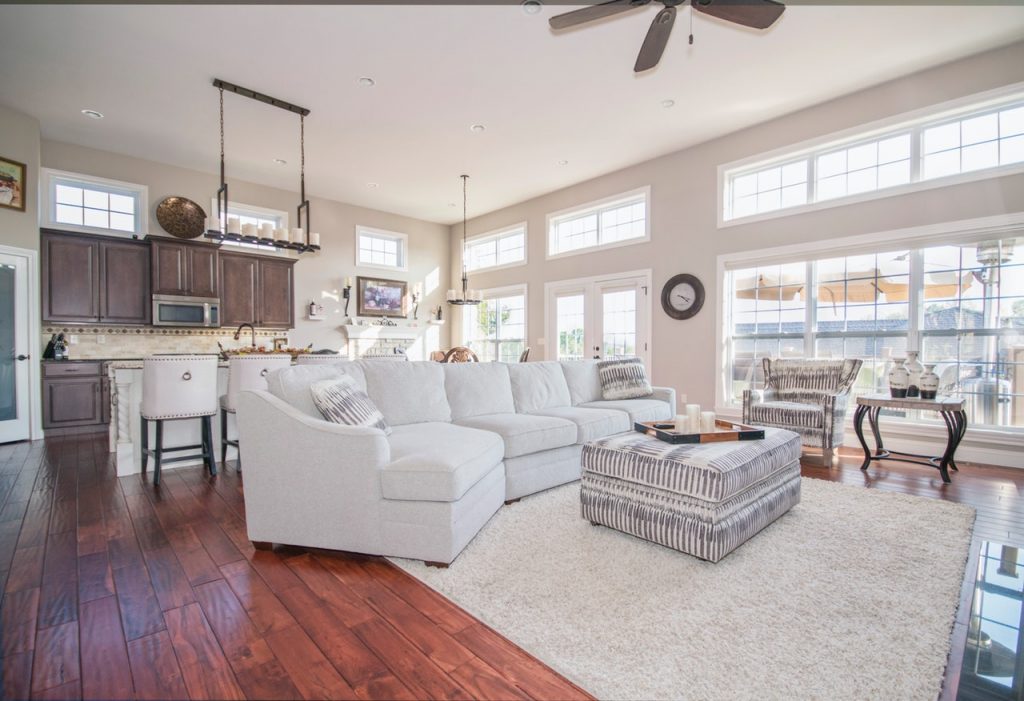Nature is at its finest when you live by the coast. You get a salty breeze from the sea, and you can get your daily dose of Vitamin D from the sun just by taking a step outside. While the outdoors remains a great choice, here’s the ultimate guide in coastal interior design, you can bring these feeling indoors with you.
Define your colour scheme.
People who own properties by the coast are expected to choose all kinds of blue and white. While this may still apply as traditionally encompassing, try accents. Place a fresh vase of yellow sunflowers by the window. Let a transparent bowl hold yellow bananas to serve as a centrepiece in the kitchen. You can expand a room’s visual by adding striped throw pillows and anchor-shaped door handles; there are a lot of coastal or beach style homewares available. Think nautical on that one, thinking as left-field as you like, but keep it at your level. Let the curtains be playful as the wind blows through the window. White may be the ideal colour, but it wouldn’t hurt if you’d add some patterns. Colours and patterns may serve you as an excellent provider of privacy.

Transform your house into a substantial, but cosy hideaway.
Transform your usual window into a reading nook. Stuff your porch with snuggly pillows once autumn sets in. Add a suitable fireplace and let your sofa and a furry carpet sit right in front of it. Transform the backyard into an outdoor kitchen and alfresco area, or give yourself some space for a bonfire for roasting marshmallows with the family. Don’t forget when designing your alfresco area, that appropriate outdoor beach style furniture has to go hand-in-hand and tie in with your coastal interior furniture. Lastly, a greenhouse could house different kinds of flowers (or your herbs) which can also serve as an addition to the landscape.
Modernise your coastal home.
Smart appliances have been emerging lately. If it would benefit you and your family by it, may I suggest you try having it installed? There’s a risk in living by the coast. Therefore, you should always have a heads up when it comes to a storm that’s picking up speed. Coastal homes typically come with wooden doors, where, if intended, could easily be broken into. Set yourself up with a CCTV system if possible, one that you can access remotely. Almost all newer CCTV systems will have this feature available by default, and at a reasonable price. Connect your home to a home hub such as Google Nest Hub. Over time, it’s functionality may expand depending on the appliances in your house. You may connect your heater, kettle, lights, coffee maker, heating, and it can inform you of what weather to expect, all using only voice commands.
“Transitionalise”
Transitional interior design may be of use if you want to experiment fusion of two strong themes. Masculine with feminine, traditional with modern, east with west. Nowadays, the ability to travel is just sometimes a few clicks away. Often, functional home décor and inspiration come from recent travels.
In integrating new designs to a traditional coastal home, every choice should serve one purpose. To make the place liveable. This is an umbrella term for the provision of a safe place for growth, learning, and development. It should also be a place for rest, a place of sanctuary and a place for rejuvenation to take place. As long as roots originate in homes like these, it is right to take time in achieving the most favourable interior design.